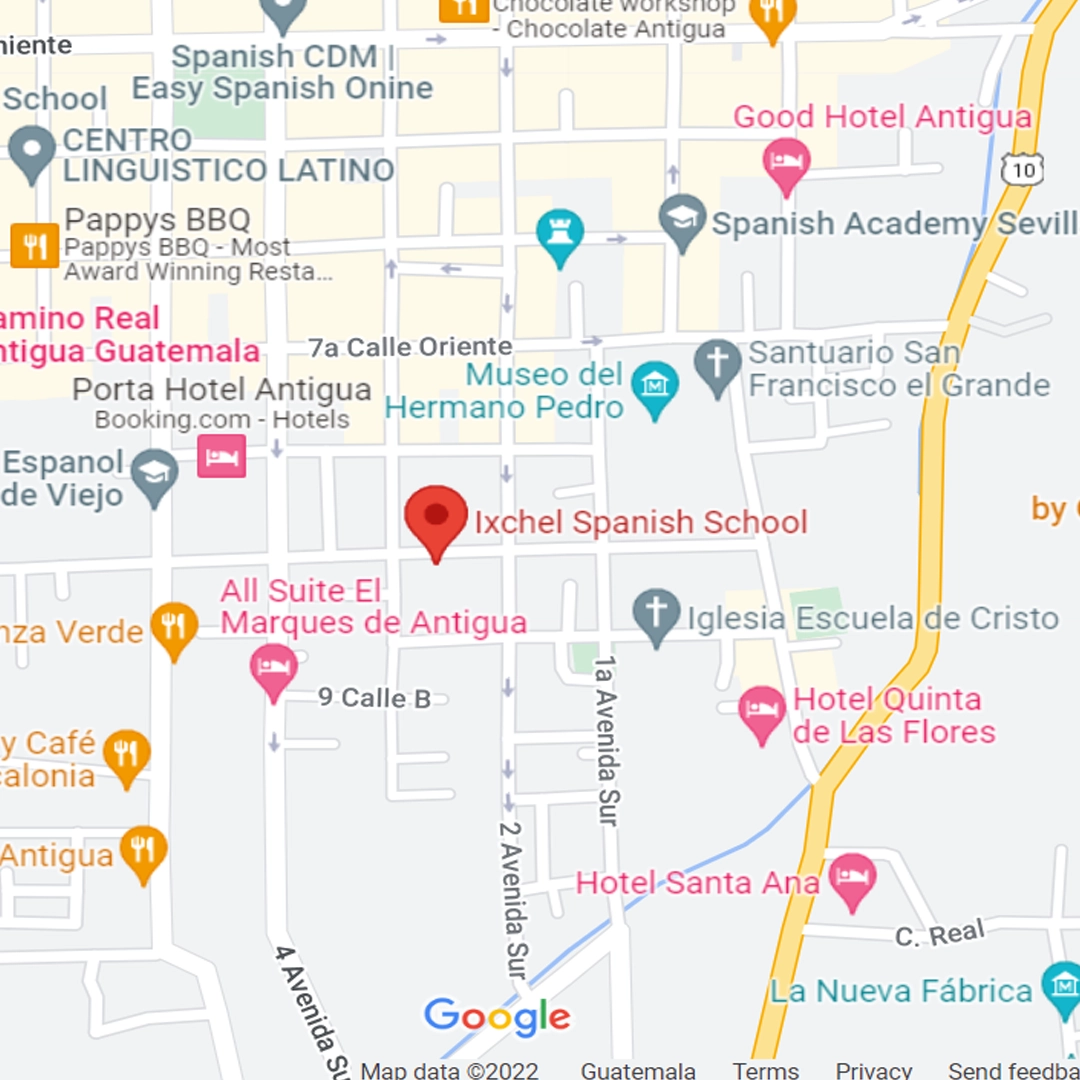Exploring the Rich Diversity of Guatemalan Ethnic Cultures
To understand the history of Guatemala, it is important to know that it was ruled by indigenous peoples at the time of the Spanish conquest in 1523. Therefore, an important part of the country’s culture and customs can be attributed to the Mayan civilization.
As the history books quote “Much of Guatemala’s culture can be attributed to the Mayan civilization, who lived in present-day Guatemala for almost 600 years”. Guatemala’s culture is also heavily influenced by the country’s history. Several ethnic groups have contributed to its customs and traditions, among them:
- Indigenous peoples
- Mixed-culture communities
- Afro-descendants groups
In addition, it is necessary to know that the Mayans contributed significantly to Guatemalan culture, but the Catholic Church also had a major influence. Guatemalans celebrate Christmas, Advent, Epiphany and Easter. In addition, each town and city celebrates its saints and other local events each year.
So with a little context, we can now talk about the cultures in Guatemala.Guatemala has four main cultures derived from its numerous ethnic groups. The majority is Mayan, but the Ladino, Xinca and Garifuna cultures have also left an important cultural legacy in the country, which is still considered very relevant.
The Mayan Perspective
Today the Maya culture is known nationally and internationally. For example, the Tikal National Park is one of the most visited places by tourists. “Tikal National Park in Guatemala is part of the Mayan Biosphere Reserve and is part of the most famous and impressive Mayan ruins in Central America.”
Regarding clothing, some traditional Mayan clothing is still preserved. Some ethnic groups still wear Mayan-style clothing. Women wear a “corte,” a type of skirt, and men wear a type of pants called “patí.”
The Maya influence is also evident in the cuisine, which is dominated by corn. The Maya believed that humans were created from corn, that is why they celebrate the Sac Ha ceremony, which involves a corn-based beverage This beverage is placed on a wooden altar surrounded by four stones representing the cardinal points.
Xinca People’s Enduring Contributions
The Xincas are also part of Guatemalan culture. They are found in the regions of Escuintla, Santa Rosa, Jutiapa and Jalapa. Their traditional dress is mostly white and women braid their hair.
Xinca cuisine is based mainly on beans and tortillas. They also have typical dishes such as chipilín soup, kamawa beans and pixtón rice.
Garifuna Cultural and Historical Contributions
Garifuna communities are generally composed of Afro-American descendants. Besides Guatemala, they are also found in Honduras, Belize, and Nicaragua. Their language, dance, and music have been recognized by UNESCO as intangible cultural heritage of humanity.
UNESCO recognizes the songs and dances that the Garifuna people use to transmit traditional knowledge. They use percussion instruments like mahogany drums and Central American woodwinds.
As for their typical cuisine, the most commonly used ingredients are yucca, plantains, coconuts, and fish.
Enduring Contributions of the Ladino People
The origins of this ethnic group date back to colonization. Many of the traditions they brought with them are similar to European ones. Some, such as Holy Week, are celebrated in the same way, while others have been adapted to Guatemalan culture.
Guatemala’s Interculturality
Guatemala is a multicultural, multiethnic and multilingual country. This exceptional cultural richness is part of Guatemala’s identity, reflected in 25 languages: 22 Mayan languages, Garifuna, Xinca language and Spanish.
As we learn more about the history of this country, we discover that the true beauty of Guatemala lies in its people and their ability to preserve their heritage while embracing change.
In understanding and appreciating this rich diversity, we not only honor the past, but also look to a future in which cultural richness and unity thrive. We invite you to learn more about Guatemalan culture which is undoubtedly full of traditions and customs from years past that have been brought and adapted to the present.


